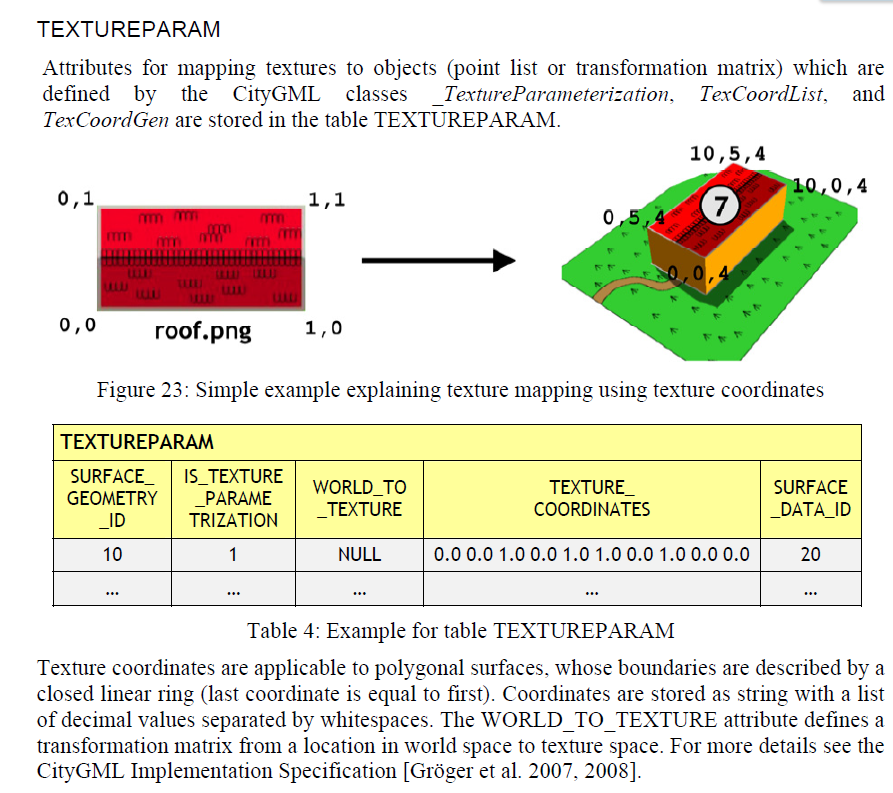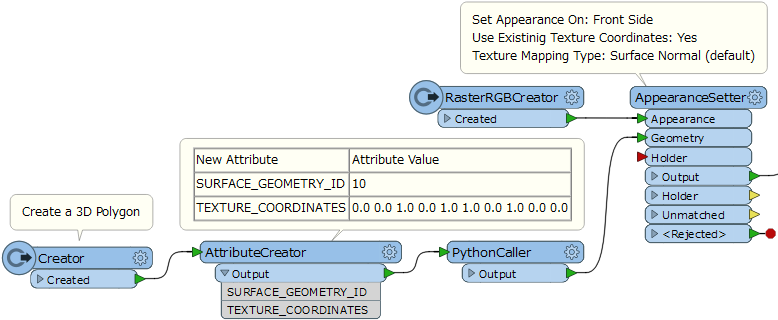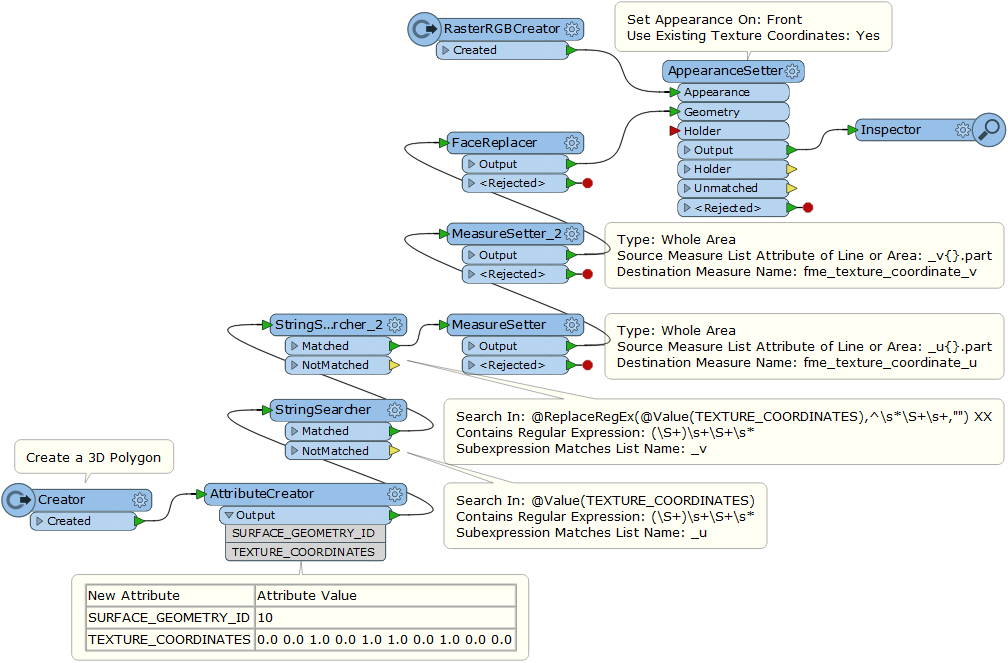Hi all,
I’m trying to extract 3D data from a 3DCityDB (PostgreSQL) and write them into a sketchup file.
I have no problem handling the surfaces and writing them into the .skp file as buildings.
But I have an issue with the textures. I manage to get the right images on the right surfaces but they are not in the right place.
I get the texture coordinates in a field, and they are stored as below (u,v coordinates list) :

But I don't know what to do with these coordinates... And how ta handle them with TextureCoordinateSetter... Any ideas ?
The idea would be to create a custom reader for the 3DCityDB format and a workbench to extract data from the DB in sktechup, multipatch,… It’s already done without the textures, but it would be great (and usefull) to get the textures right.
Thank you in advance,
Fabien Laganne
Best answer by takashi
View original





